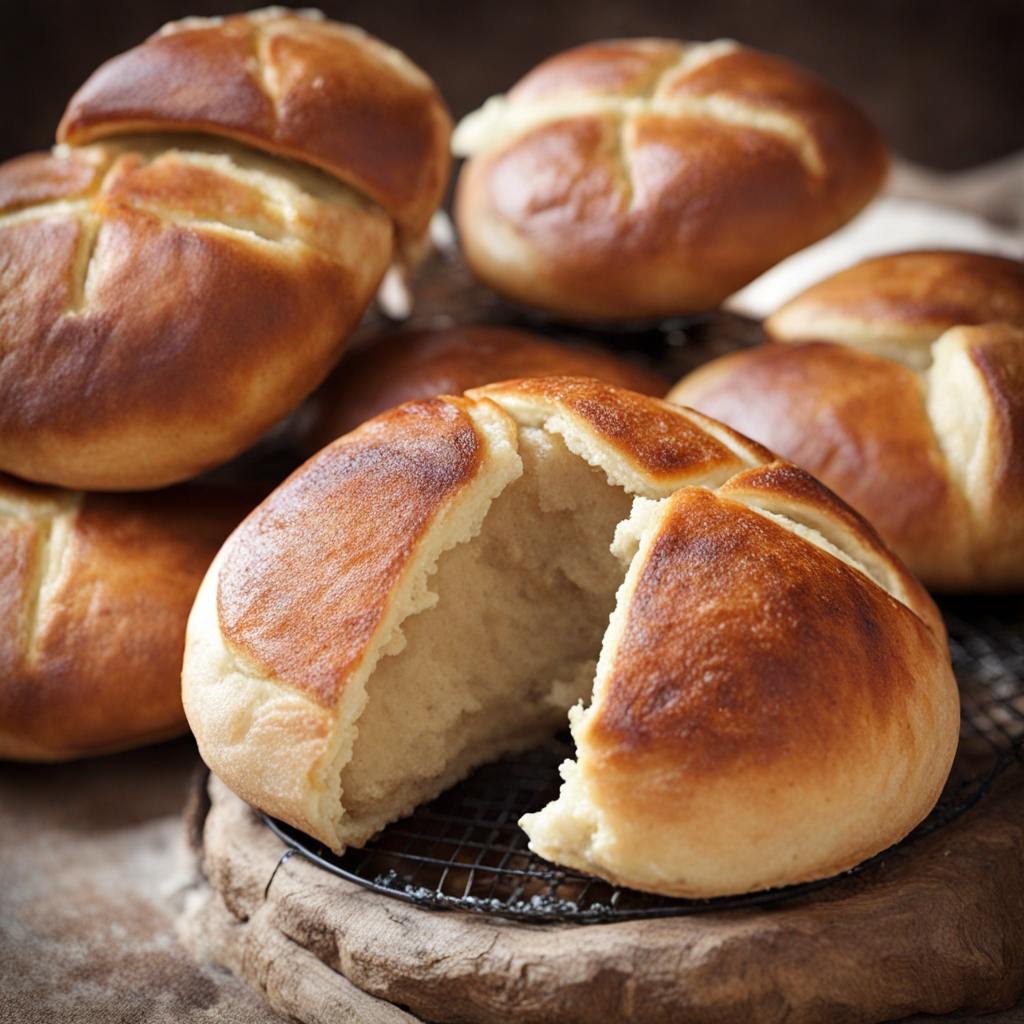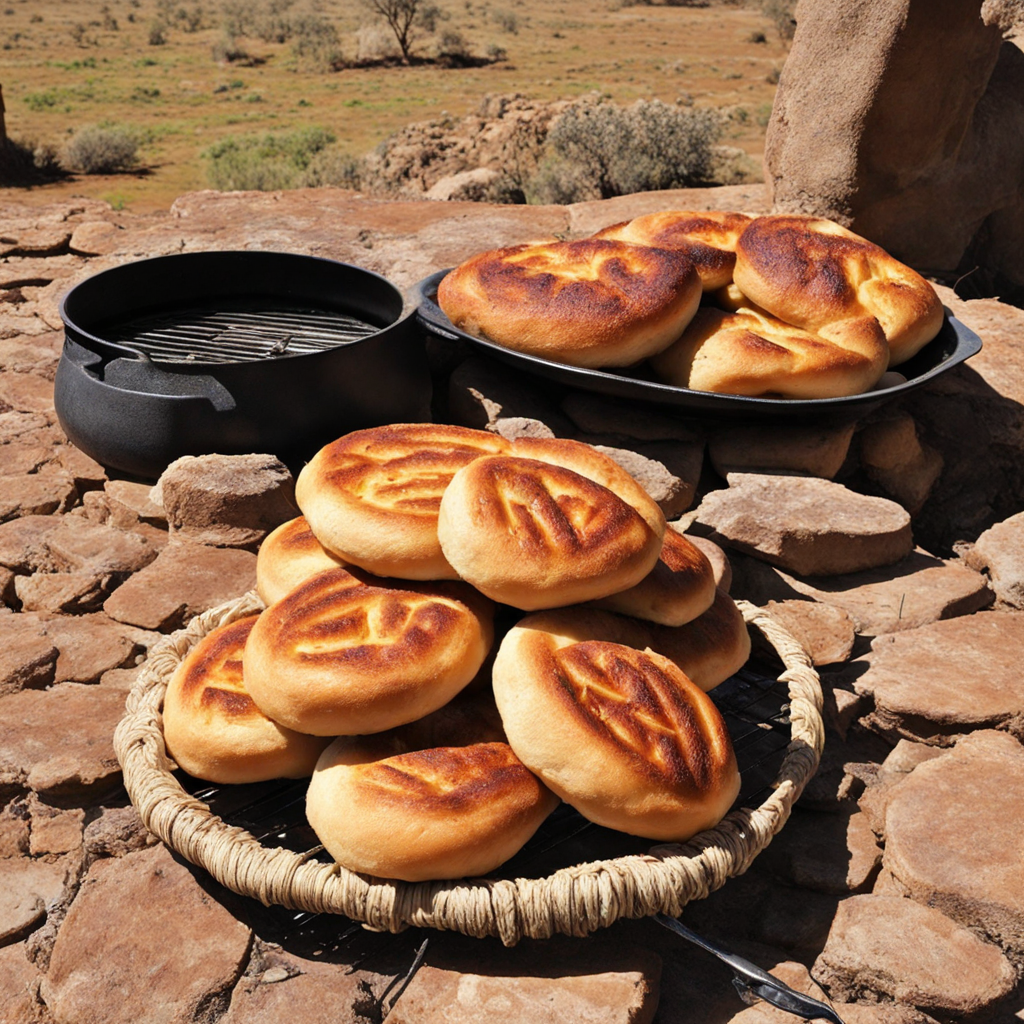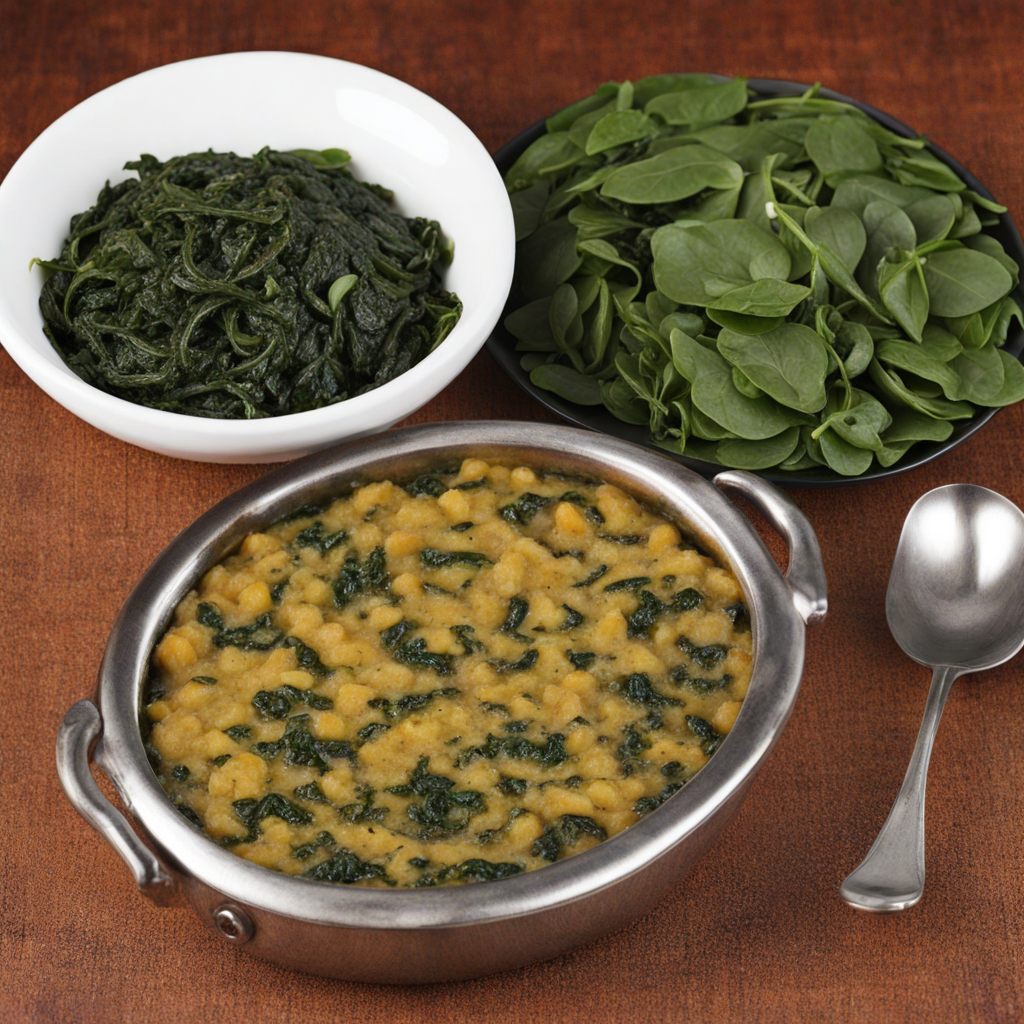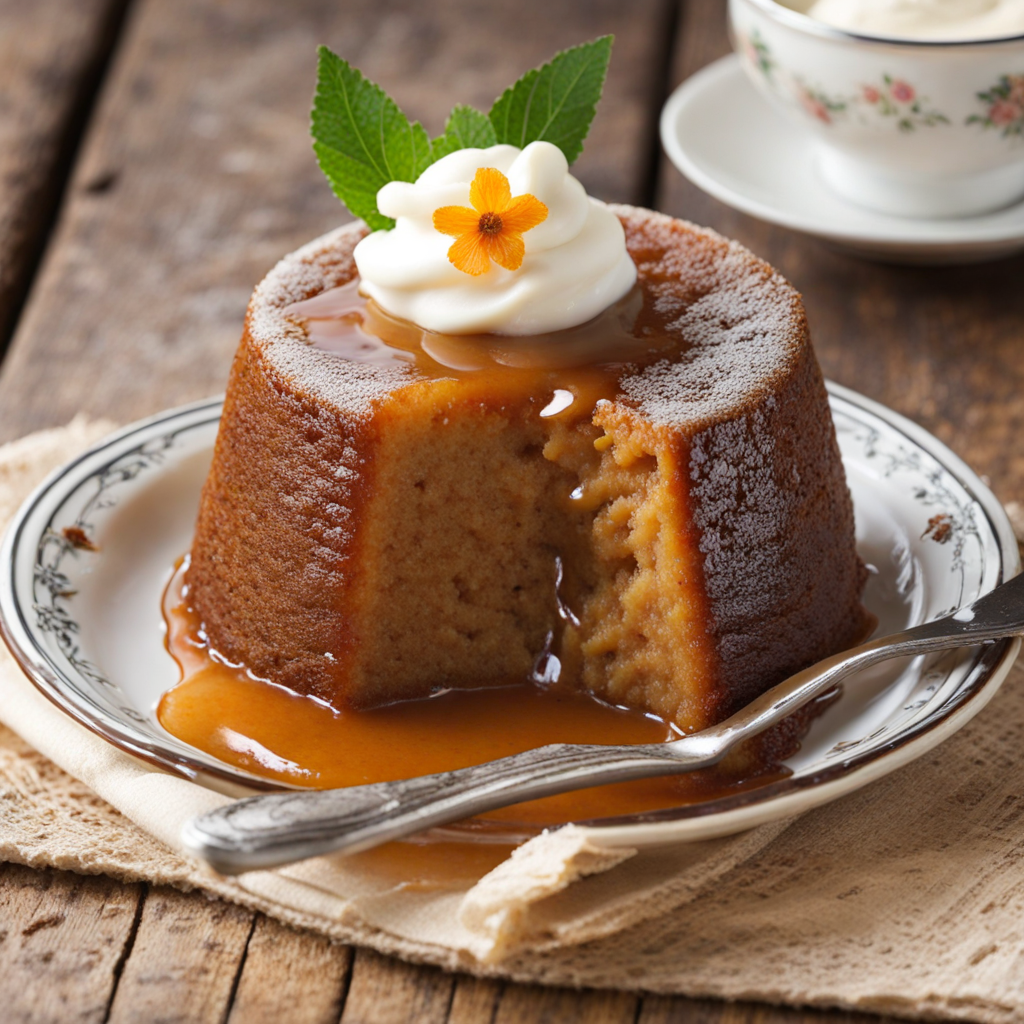Butha-Buthe Roosterkoek
Butha-Buthe Roosterkoek is a delightful culinary gem hailing from the picturesque landscapes of Lesotho, particularly associated with the Butha-Buthe region. This traditional dish consists of artisanal bread, often prepared using a simple yet flavorful dough made from wheat flour, water, and a touch of salt. The dough is shaped into small, round balls and then expertly grilled over hot coals, resulting in a beautifully charred exterior while maintaining a soft, fluffy interior. The smoky aroma that wafts through the air as these bread balls cook is irresistible and adds an extra layer of depth to the flavor experience. What sets Butha-Buthe Roosterkoek apart is its versatility and the way it complements various dishes. It can be enjoyed plain, allowing the rich flavor of the grilled bread to shine through, or served with an array of accompaniments. Locals often pair it with hearty stews, vibrant vegetable dishes, or even spicy sauces, enhancing the overall taste profile. Its adaptability makes it a favorite at gatherings and celebrations, where it brings people together around a shared love for comfort food. In addition to its mouthwatering taste, Butha-Buthe Roosterkoek carries a cultural significance, embodying the spirit of togetherness and communal cooking. The process of making these roasted delights often becomes a social event, where families and friends gather to share stories and laughter while tending to the grill. This connection to community, coupled with the satisfying crunch of the crust and the warm, pillowy inside, makes Butha-Buthe Roosterkoek not just a meal, but an experience that invites you to savor both the flavors and the rich heritage of Lesotho.
How It Became This Dish
Origin of Roosterkoek Roosterkoek, a traditional South African bread, is often closely associated with Lesotho, where it is a cherished staple. The name "roosterkoek" translates to "rooster bread," deriving from the Afrikaans language, and reflects its method of preparation, which involves cooking the dough over open flames. This cooking technique is believed to have originated from the indigenous cultures of southern Africa, where bread-making was a communal activity, often taking place during gatherings or celebrations. The origins of Roosterkoek can be traced back to the early interactions between indigenous African communities and European settlers, particularly the Dutch and British, in the 17th and 18th centuries. As trade routes expanded, so did culinary exchanges, leading to the fusion of various cooking methods and ingredients. The Basotho people, who inhabit Lesotho and parts of South Africa, began incorporating these new influences into their own traditional cuisine, resulting in the creation of Roosterkoek as we know it today. \n\n Cultural Significance Roosterkoek holds a special place in the hearts and homes of the Basotho people. It is more than just a food item; it embodies a sense of community and tradition. Often prepared during social gatherings, family celebrations, and cultural festivals, Roosterkoek serves as a symbol of hospitality and unity. The act of gathering around an open fire to cook and share this bread fosters a sense of togetherness, making it an integral part of communal life. In Lesotho, Roosterkoek is often enjoyed with various accompaniments, including traditional meats, stews, and vegetables. The bread's versatility allows it to complement a wide range of dishes, showcasing the rich flavors of Basotho cuisine. Furthermore, it is frequently served during significant cultural events, such as weddings and funerals, where it plays a role in rituals and ceremonies that strengthen community bonds. \n\n Development Over Time As Lesotho has evolved, so too has the preparation and consumption of Roosterkoek. Initially, the dough was made from simple ingredients like maize and wheat flour, water, and salt, which were readily available to the Basotho people. However, with the advent of modern technology and globalization, new ingredients and methods have been introduced, allowing for variations in flavor and texture. Today, bakers may use yeast to create a lighter, airier loaf, while others prefer to stick with the traditional method, which yields a denser, more rustic bread. Roosterkoek has also adapted to the changing dietary preferences and health consciousness of the Basotho people. Whole grain flours, alternative grains, and even gluten-free options have emerged, reflecting a growing trend toward healthier eating habits. This evolution demonstrates Roosterkoek's ability to remain relevant in a modern context while still honoring its rich cultural heritage. \n\n Modern-Day Popularity In recent years, Roosterkoek has gained popularity beyond the borders of Lesotho, thanks to culinary tourism and the global interest in traditional African cuisines. Food festivals and cultural events celebrating Basotho heritage often feature Roosterkoek, drawing attention to its unique preparation and flavors. Chefs and food enthusiasts around the world have begun to recognize the value of this simple yet delicious bread, incorporating it into various menus and culinary experiences. Social media has played a pivotal role in promoting Roosterkoek to a wider audience. Stunning images of the bread being cooked over an open flame, paired with mouth-watering dishes, have caught the attention of food bloggers and influencers. This visibility has encouraged people to explore and appreciate the culinary diversity of Lesotho, fostering a deeper understanding of its culture through food. \n\n Regional Variations While Roosterkoek is primarily associated with Lesotho, variations of this bread can be found throughout southern Africa. In South Africa, for example, the concept of cooking bread over open flames is similarly practiced, though the ingredients and flavors may differ regionally. Some areas may incorporate spices or herbs into the dough, while others may serve it with sweet toppings or fillings. The adaptability of Roosterkoek allows it to transcend cultural boundaries, inviting experimentation and innovation. In urban settings, you may find gourmet versions of Roosterkoek stuffed with savory fillings or paired with artisanal toppings, further enhancing its appeal to contemporary palates. This evolution showcases how traditional foods can be reimagined while still honoring their historical roots. \n\n Conclusion Roosterkoek is not merely a dish; it is a manifestation of Lesotho's rich culinary heritage and cultural practices. Its journey from traditional communal bread to a modern culinary sensation exemplifies the dynamic nature of food and its ability to connect people across generations and cultures. As Roosterkoek continues to evolve, it remains a vital symbol of identity and community for the Basotho people, while also inviting a global audience to partake in its delicious legacy. In every bite of Roosterkoek, one can taste the history, community, and enduring spirit of the Basotho people—a reminder of the power of food to unite us all.
You may like
Discover local flavors from Lesotho







